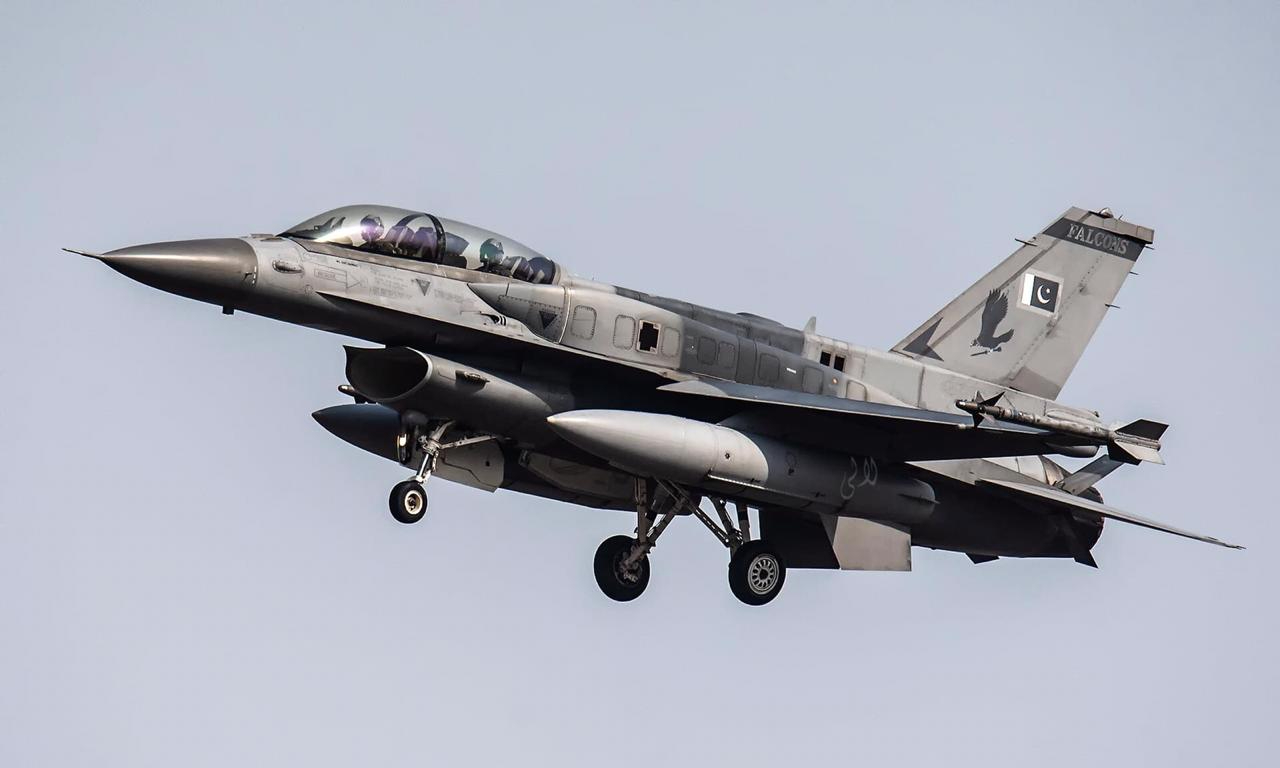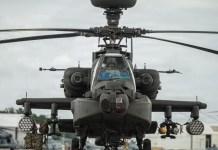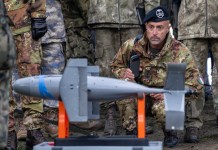The US has approved the sale of missiles to Pakistan that shot down an Indian MiG-21 fighter jet in 2019. Is it another signal to India or regular business for the Pentagon?
The year 2024 marked the zenith of US-India ties, as both countries achieved bilateral breakthroughs in the defense and space sectors. However, by the end of 2025, ties between India and the US reached an alarmingly low level.
In the latest salvo fired by the Trump administration, the US has approved the sale of Raytheon AIM-120 AMRAAM (C-8/D-3) advanced medium-range air-to-air missiles to Pakistan and other nations.
The approval comes just four months after the nuclear powers of South Asia engaged in an 87-hour-long war that ended with India striking 11 strategic military installations in Pakistan territory, and both nations claiming to have shot down each other’s fighter jets.
Pakistan has already acquired China’s PL-15 beyond visual range air-to-air missile and has claimed that it helped in bringing down multiple Indian fighter jets during Operation Sindoor, including Rafale jets.
In 2006-2007, Pakistan had already acquired 500 AIM-120C5 AMRAAM. The American missile was used to bring down the IAF’s MiG-21 Bison during the 2019 Operation Swift Retort.
Following the 27 February 2019 incident, the IAF showed a damaged portion of one of these AMRAAMs. The IAF said in a statement regarding the engagement, “Multiple launches of AMRAAM were conclusively observed.”
Now the US has paved the way for selling AIM-120C-8 radar-guided, all-weather air-to-air missiles with a range of up to 160 km. The AIM-120 AMRAAM remains the most widely deployed active radar-guided missile integrated on 14 aircraft types across more than 40 nations.
The AMRAAM’s defining feature is its “fire-and-forget” capability, enabling pilots to launch and disengage while the missile autonomously tracks and destroys targets using its own active radar seeker.
The AIM-120C-8, the export-oriented version, has improved resistance to electronic countermeasures (ECM), refined guidance logic, and a longer range. The missile can be integrated with the F-16, Eurofighter Typhoon, F-22 Raptor, and F-35.
Developed primarily for the US Air Force and Navy, the AIM 120 C-8 is now available to select allies. It integrates two-way datalinks, GPS-assisted navigation, and new circuit boards with enhanced processing power for high-speed maneuvering of targets.
Raytheon describes it as the “world’s most sophisticated, combat-proven air dominance weapon.” The AMRAAM has been tested in over 4,900 live-fire scenarios and has been credited with more than 13 air-to-air combat victories.
The missile will be integrated into Pakistan’s F-16 Block 52 fleet, significantly improving its beyond-visual-range combat capability. The notification for the impending deal was quietly issued by the Department of War/Department of Defense, as it added Pakistan to the list of 30 allied countries interested in purchasing Raytheon missiles.
Washington’s approval of the $41.6 billion AIM-120 AMRAAM missile export marks the largest air-to-air arms deal in history and aims to strengthen allied airpower from Europe to the Indo-Pacific amid rising challenges from China and Russia.
While the announcement doesn’t specify how many units Pakistan will get, it does indicate the US government’s willingness to sell weapons and weapon systems to Islamabad.
It definitely raises an alarm for the Indian security establishment, which in recent years has acquired its major defense systems from the US. The Indian Air Force (IAF) transport and helicopter fleet, which once consisted entirely of Russian aircraft, now includes C-17s, C-130s, Apaches, and Chinooks. Still wary of fickle American foreign policy, India had stayed away from buying fighter jets from the US.
In February, the Trump government approved US$397 million in funding for Pakistan to maintain the F-16 fighter jet fleet. The US attempted to assuage India’s concerns, stating that it would monitor the use of these cutting-edge fighter jets to ensure they are employed only for counterterrorism (CT) and counterinsurgency (COIN) operations, and not deployed against India.
The announcement to sell the AMRAAMs to Pakistan also suggests that the Pakistan Air Force’s (PAF) efforts to upgrade its 18F-16 C/D Block-52 fighter jets may yield results in the future.
The Pakistani media is abuzz with reports that the announcement suggests a larger arms package could be in the works, as indicated by the visit of PAF’s Chief of Air Staff (CAS), Air Chief Marshal (ACM) Zaheer Ahmed Babar, to the US State Department in July 2025.
Maintaining F-16s
Presently, Pakistan operates around sixty-six F-16A/Bs and nineteen F-16C/Ds in four active squadrons: No. 9 ‘Griffins’ in Sargodha, the No. 19 ‘Sherdills’ training and air defense squadron at Thatta, and the No. 11 Arrows multi-role squadron based at Shahbaz near Jacobabad. The last base also hosts the No. 5 Falcons multi-role squadron, the only F-16C/D unit.

The Turkish Aerospace Industry has been assisting Pakistan in providing mid-life upgrades (MLU) to the PAF’s F-16 fighters. In June 2009, the PAF selected TAI for mid-life upgrades on 41 General Dynamics F-16A/B Block-15s.
The upgrade began in 2010 and led to the installation of the AN/APG-68(v9) radar, a new cockpit, the Joint Helmet-Mounted Cueing System (JHMCS), a new electronic warfare and electronic countermeasures system, and structural replenishment to ensure that the F-16s safely reach their intended 8,000-hour service lives. The program was completed in September 2014.
In May 2016, Pakistan and Turkey agreed to a USD 75 million contract to upgrade the PAF’s F-16s and optimize their Mid-Life Upgrades (MLUs) for nighttime operations.
India had successfully lobbied the Obama Administration to stop any prospective sale of the F-16 fighter jets to Pakistan. But with Pakistan wooing US President Donald Trump with a Nobel Peace Prize nomination, the new defense deal could be in the making.
Status of US-Indian Defense Deals
In 2024, India and the US signed a government-to-government deal for the purchase of 31 MQ-9B Sky/Sea Guardian HALE systems under a USD 3 billion deal.
It also included 170 AGM-114R Hellfire missiles; 16 M36E9 Hellfire captive air training missiles; 310 GBU-39B/B laser Small Diameter Bombs (SDB); and 08 GBU-39B/B LSDB guided test vehicles with live fuzes, among others.
According to the agreement, the high-altitude, long-endurance drones are to be supplied within three years. So far, the deal has not been cancelled, but it remains to be seen if the fraying ties will impact the timelines of the deal. The US firm may have to pay a penalty if it misses the deadline.
Apart from this, in January 2025, the US had approved technology proposals to help India set up manufacturing units in the country to produce Stryker combat vehicles. This was intended to make India the first global producer of the Stryker.
A three-phase plan was chalked out for the project. After the limited off-the-shelf purchase of Strykers through the Foreign Military Sales (FMS) route, joint production was to take place in India.
This was to pave the way for the development of futuristic armored vehicles that would be produced in India and exported to other friendly countries.
Before 2008, the US-India defense trade was restricted to naval helicopters and counter-battery radars in the mid-2000s. In 2007, the US also provided India with an amphibious transport dock ship under the US Excess Defense Articles program—the former USS Trenton, now the INS Jalashwa.
As of 2008, India had contracted for nearly $20 billion worth of US-origin military equipment, according to the US Department of Defense. Most of the deals with the US have been made through the Foreign Military Sales route.
Over the last 15 years, India has acquired the C-130J Super Hercules special mission aircraft, the C-17 Globemaster III heavy-lifter, and the P-8I Poseidon anti-submarine warfare aircraft. In fact, outside the US, India is the largest operator of C-17s and P-8Is.
In the rotary wing department, India has purchased the CH-47F Chinook, MH-60R Seahawk, and AH-64E Apache.
Other purchases include Harpoon anti-ship missiles and M-777 howitzers. The two countries have inked an agreement to jointly produce advanced F-414 jet engines in India. The purchase of 31 MQ-9B Sea Guardian and Sky Guardian unmanned aerial vehicles, valued at more than US $3 billion, has been approved.
Other proposed sales include turbofans for indigenously produced Indian combat aircraft, MK 54 lightweight torpedoes, and additional Hellfire anti-tank missiles, as well as Excalibur guided artillery rounds.
However, the close relationship between the US and Pakistan means that India may be re-evaluating its military ties with Washington. The American aim to break into the Indian fighter jet market, for now, appears to be a far-fetched ambition.
- By: ET Desk
- Mail us at: editor (at) eurasiantimes.com




